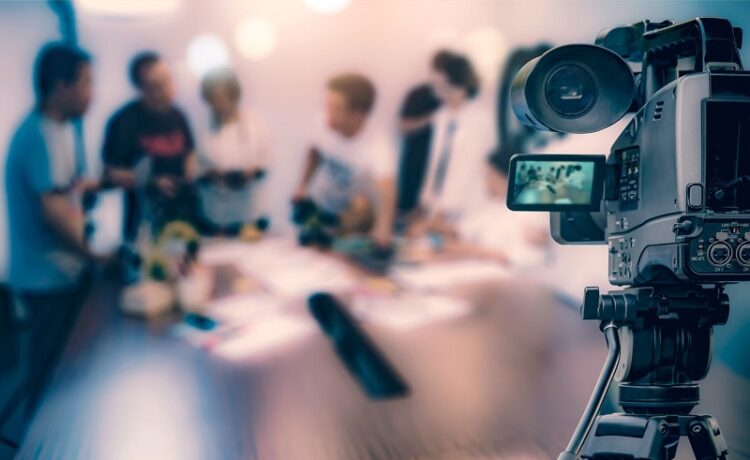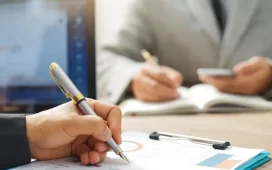Due to the limited resources and odds they frequently face, lawyers need every advantage they can obtain while representing clients against giant businesses. It is important to keep an eye out for witnesses and clients in order to avoid influencing a jury’s decision.
When it comes to how their clients and witnesses appear to the jury, attorneys should be aware of the usage of video deposition. Written deposition statements were once written by stenographers. In contrast, the videotaped deposition includes the subject’s voice and image. Any nonverbal cue, such as body language or physiological state, has the ability to confirm or deny the claim being made. The subject’s performance during a video deposition may have a significant impact on the jury because jurors will be able to see any expression or seeming lack of emotion. If necessary, even the opposing counsel may be made aware of a client’s or witness’ nonverbal indications.
An attorney should devote the same time and effort to preparing a client or witness for a video deposition as they would for a live one. The behavior of a witness and a client during the videotaped deposition may be given equal weight by the jury to their testimony.
The person should be professionally attired and photographed against a plain background to prevent the subject’s appearance from unduly influencing the jury. Furthermore, the student needs to be taught how to stand up straight and not slouch, fidget, or make too active facial motions. Students should also learn how to ask questions for clarification when they are unsure about the answer.
Due to video depositions, the manner testimony is presented to jurors has changed, but how testimony affects a jury’s decision-making has not. As vital as witness preparation for the witness stand is client and witness preparation for video depositions. The information that follows can help attorneys understand how to help their clients and witnesses give the best possible video testimony.









